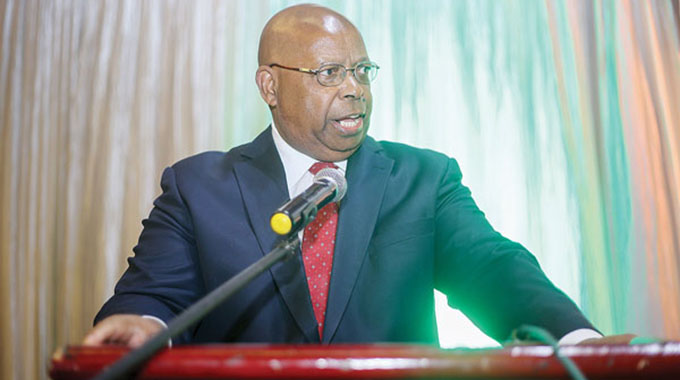Forex auctions revive industry

Tawanda Musarurwa–Herald Reporter
Displaying the rapid recovery and growth of Zimbabwe’s industrial sector, raw material requirements absorbed 44 percent of hard currency allotted on the Reserve Bank of Zimbabwe’s foreign currency system during the first three months of the year, latest numbers show.
That huge block of cash is largely the result of the move away from expensive imports of finished products towards local manufacturing where all operational costs except some raw materials are paid locally.
Of the total US$424,8 million was allotted across both the main and SMEs platforms, the bulk was taken up by raw materials showing the role of the system in meeting industry’s basic needs.
According to latest Treasury data, there was a significant upturn in allotments for the quarter, compared to the three-months period ended December 30, 2020, which would only be expected given that the fourth quarter is typified by company closures for the extended holidays.
“During the first quarter of 2021, a total of 12 auctions were conducted on both the main and SMEs, with a total US$424,8 million being allotted, at an average exchange rate of 83,47 percent, compared to US$359,6 million allotted in the previous quarter, at an average rate of 81,6 percent,” reported Treasury in its latest Quarterly Bulletin.
With regards to the other allotments, machinery and equipment absorbed 17 percent, consumables 9 percent, retail and distribution and energy absorbed eight percent, respectively and other priority lists absorbed 14 percent.
The foreign currency auction system has brought about pricing stability, and both the fiscal and monetary authorities have maintained a tight leash on money supply growth.
Over the first quarter, there was an increase in money supply due to maturing savings bonds, but the overall impact on money supply in the economy was negligible as stability continued to prevail.
“On average, reserve money increased by 115 percent to $21,69 billion, compared to the 2020 first quarter level of $10,11 billion.
“The increase in reserve money was largely driven by the increase in banking sector’s deposits at RBZ and banks’ RTGS liquidity attributable to maturity of savings bonds held by banking institutions,” said Treasury.
The Zimbabwe dollar this week traded largely unchanged against the United States dollar at $84,76 from $83,72 in the previous week.
The authorities anticipate increased efficiency in the distribution and use of foreign currency accessed from the central bank’s auction system after last week’s promulgation of Statutory Instrument 127 of 2021 that targets arbitrage that has been affecting the system.










Comments